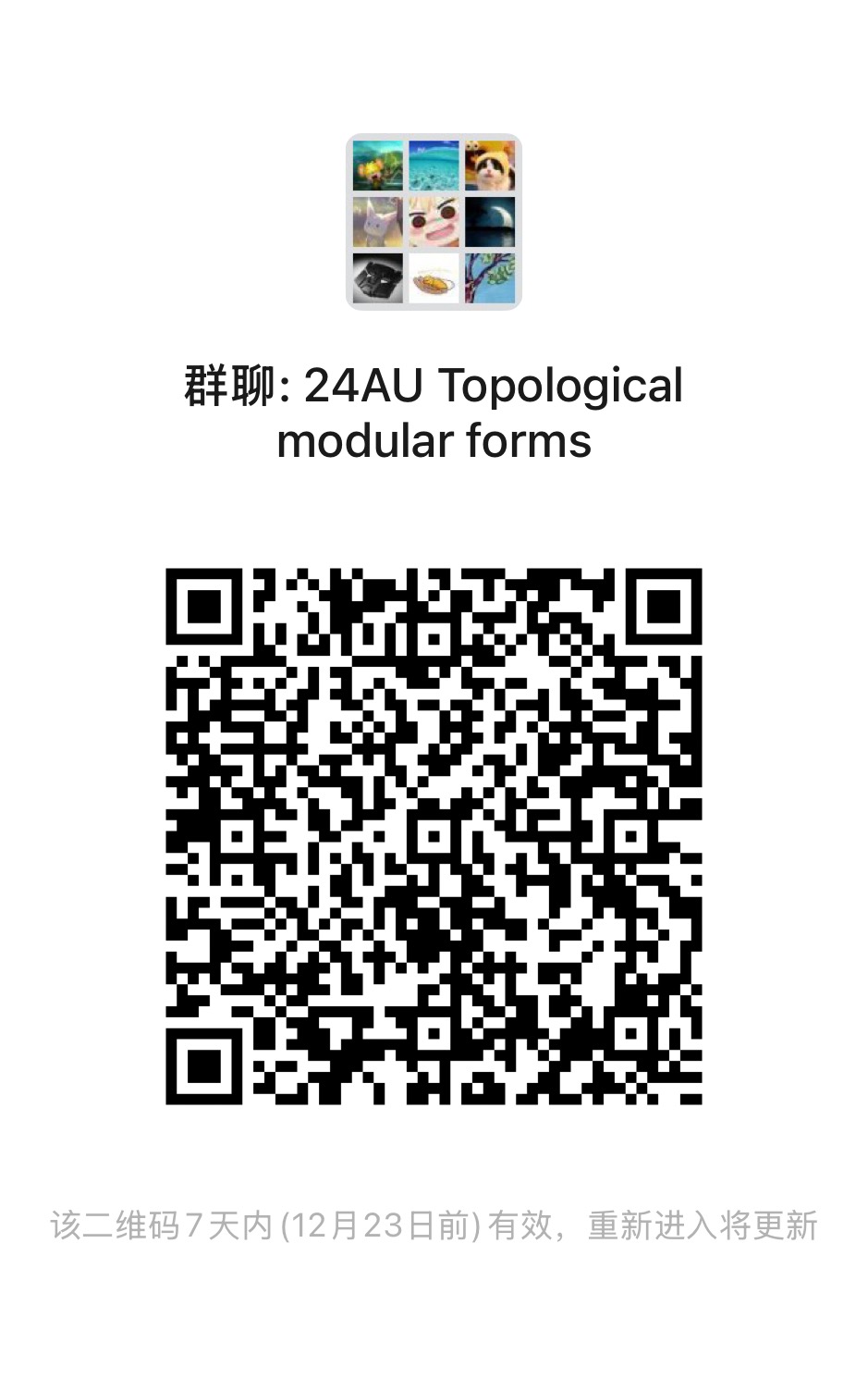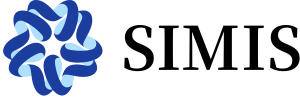Topological Modular Forms
This course is about how different areas of math are linked together. We will start by learning about Kepler's laws of how planets move, then move on to the Atiyah-Singer index theorem and elliptic cohomology, and finally explore topological modular forms. This journey covers many interesting topics like operator theory, modular forms, elliptic curves, string theory, and homotopy theory. The main purpose of this course is to discover and understand different parts of math naturally, following the history of topological modular forms as our guiding theme.

Lecturer
Date
14th October ~ 30th December, 2024
Location
| Weekday | Time | Venue | Online | ID | Password |
|---|---|---|---|---|---|
| Monday | 13:30 - 16:55 | A3-3-201 | ZOOM 06 | 537 192 5549 | BIMSA |
Prerequisite
There are no hard prerequisites for this course. I will try to aim the material at students who have taken first-year graduate courses in algebra, topology, and analysis.
Reference
1. C. T. C. Wall: Determination of the cobordism ring
2. M. F. Atiyah and I. M. Singer: The index of elliptic operators on compact manifolds
3. F. Hirzebruch: The signature theorem: reminiscences and recreation
4. Edward Witten: Elliptic genera and quantum field theory
5. Edward Witten: The index of the Dirac operator in loop space
6. Michael J. Hopkins: Topological modular forms, the Witten genus, and the theorem of the cube
7. J. V. Armitage and W. F. Eberlein: Elliptic functions
8. Serge Lang: Introduction to modular forms
9. Martin Olsson: Algebraic spaces and stacks
2. M. F. Atiyah and I. M. Singer: The index of elliptic operators on compact manifolds
3. F. Hirzebruch: The signature theorem: reminiscences and recreation
4. Edward Witten: Elliptic genera and quantum field theory
5. Edward Witten: The index of the Dirac operator in loop space
6. Michael J. Hopkins: Topological modular forms, the Witten genus, and the theorem of the cube
7. J. V. Armitage and W. F. Eberlein: Elliptic functions
8. Serge Lang: Introduction to modular forms
9. Martin Olsson: Algebraic spaces and stacks
Video Public
Yes
Notes Public
Yes
Language
English
Lecturer Intro
I obtained my Bachelor's and Ph.D. degrees from the University of Science and Technology of China. Before my current position as an assistant professor at BIMSA, I was a postdoc at Yau Mathematical Sciences Center, Tsinghua University. My research interests lie in using topological methods (cobordism) to study theoretical physics (anomaly).




